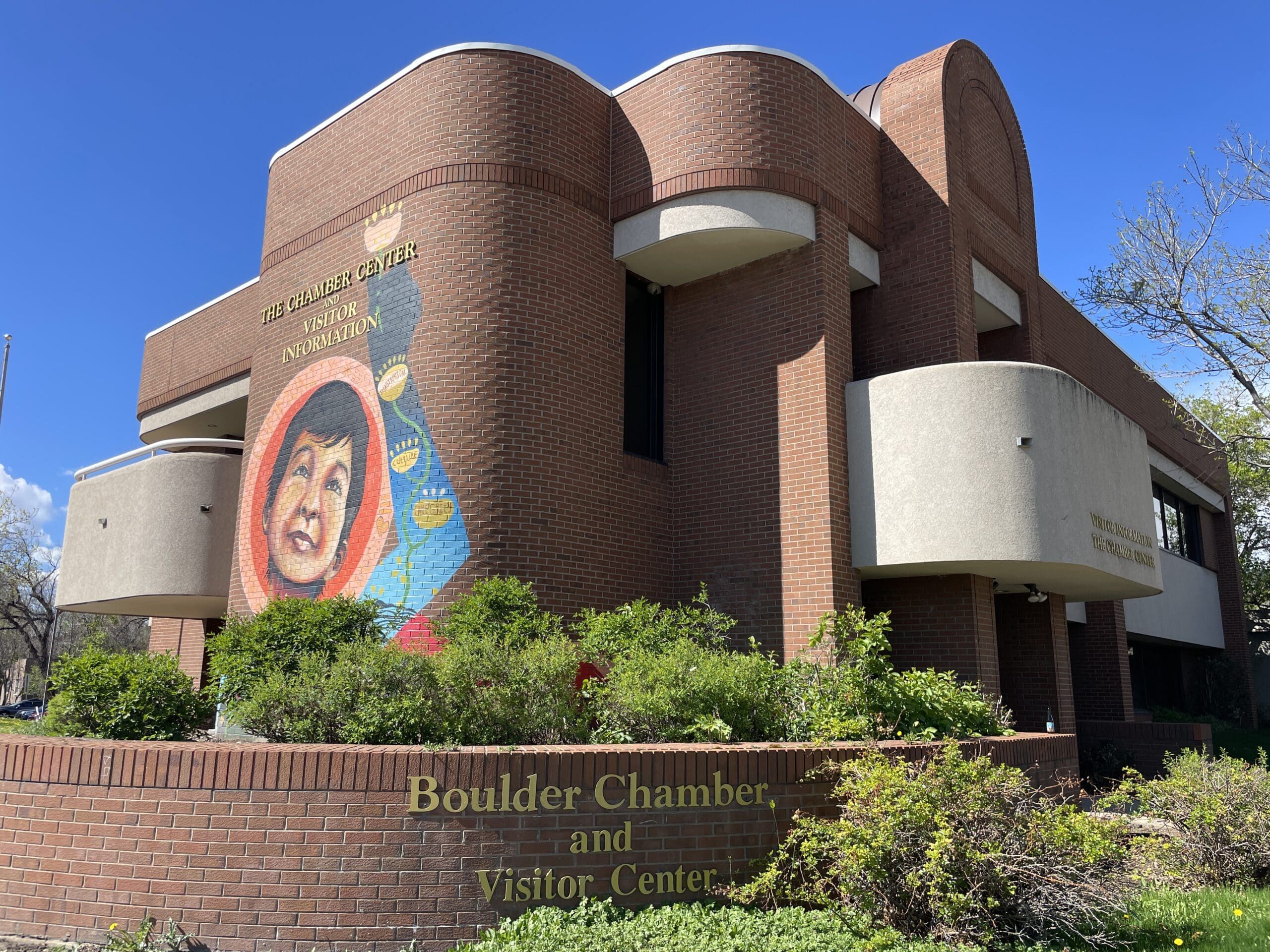Dierschow: Culture creates context for achievements
Culture is a powerful concept in business, identifying the way people actually work together to get stuff done. It’s connected with other larger cultures, of course, including the community, society and country we live in.
Individuals also bring their own micro-culture — how they interact, communicate, make decisions, and so on.
But here I’m focusing on the culture we all share in our organizations. Our key processes interleave with the way we work together as people. We’d like to think that they’re in sync. When they’re not, everyone gets frustrated and the processes don’t work well.
Ideally, our tools support the way we’d like the culture to work. If we’d like management to be highly accessible to all the employees, then it sure would be nice if communication is convenient and open.
So what kind of culture do we want to build?
This is one of the key jobs of the leadership team. Sure, you can describe job roles and create the core processes of the organization. But that’s a small part of how people work together, get work done, and are motivated to do even better next time.
How do we help teams to work together, especially when each person is unique, inconsistent, and hard to measure?
There are a wide range of ways people describe culture, including concepts such as values and beliefs, preferences and professionalism, collaboration and inclusivity, and structure and measures. My own conclusion is that the leader and team get to decide what’s important to them. In the end, they’re the ones who will do the hard work to build and reinforce the culture they’ve agreed to. It’s a daily job, including everything from big events to small random interactions on a text message.
For example, there’s a debate about whether you should end a text message with punctuation, and whether two exclamation points mean something different than one. The engineer in me goes crazy at this kind of speculation! But the fact is that such a tiny thing does in fact represent important information when people have few contextual clues.
So it may be important to note that these details depend on the age of those involved in the conversation. In the same way that my preference for email tells you something about MY age.
This is a great example of how employees bring their own expectations of culture, and might feel less effective — and less included — when the organization’s culture gets in the way.
I used to think that culture started at the top and filtered uniformly down the ranks. In that case, the CEO would be responsible for it all.
Then I noticed that each location had its distinct culture.
And that each branch of the org chart kind of had its culture too.
What blew my mind, though, is when I saw that a well-respected leader could develop a strong team culture, even with five or 50 people. Even inside a much larger company.
That’s when I resolved that I wanted to grow into being that leader myself. I started designing the culture that I thought would make the team most successful, engaging people in a way that they’d want to bring their best to work every day.
It was a lot of hard work but some of the most gratifying years of my entire career. Because it made such a deep difference.
I’ve applied what I’ve learned to other organizations as well, especially where I volunteer my time and contribute money. It’s what makes me satisfied with my own life.
So here’s my question for you today: Do you want to become a leader who makes a deep difference in your company and community?
Being a leader means there are others with you toward your shared goal. The way you’ll work together is the culture of the team.
So work on building the culture that will change your world.
Carl Dierschow is a Small Fish Business Coach based in Fort Collins, specializing in companies committed to improving society and the world. His website is www.smallfish.us.
Culture is a powerful concept in business, identifying the way people actually work together to get stuff done. It’s connected with other larger cultures, of course, including the community, society and country we live in.
Individuals also bring their own micro-culture — how they interact, communicate, make decisions, and so on.
But here I’m focusing on the culture we all share in our organizations. Our key processes interleave with the way we work together as people. We’d like to think that they’re in sync. When they’re not, everyone gets frustrated and the processes don’t work well.
Ideally, our tools support the way we’d…

